For bird enthusiasts and backyard wildlife lovers, few things are more distressing than discovering that predators have disturbed your feathered visitors. Whether you maintain bird feeders, have nesting boxes, or simply enjoy watching wild birds in your garden, protecting them from natural threats is a compassionate concern. Predators like hawks, cats, raccoons, and snakes can significantly impact local bird populations. However, you don’t need to resort to harmful chemicals or inhumane methods to keep these predators at bay. Nature has provided numerous effective solutions that work harmoniously with the environment. In this article, we’ll explore five clever, natural approaches to deterring bird predators while maintaining the ecological balance in your outdoor spaces.
Understanding Bird Predators and Their Behaviors
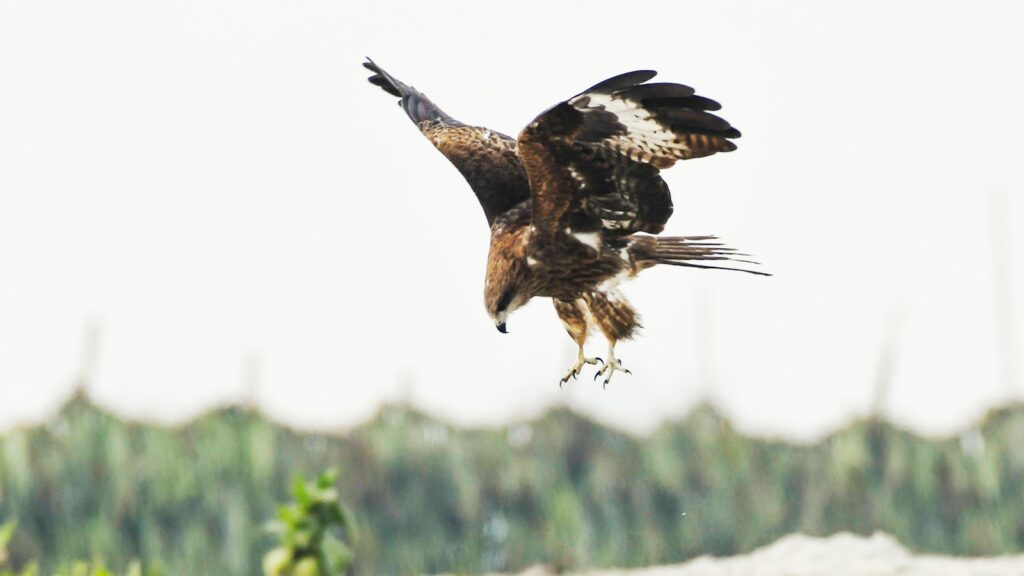
Before implementing deterrent strategies, it’s essential to understand which predators are targeting your birds and how they operate. Common bird predators include domestic and feral cats, hawks and other raptors, raccoons, snakes, squirrels, and occasionally larger birds like crows and jays who may raid nests for eggs. Each predator has specific hunting patterns—cats stalk and pounce, hawks swoop from perches or the sky, raccoons use their dexterous paws to reach into nests, and snakes slither up trees or posts to access eggs and nestlings. Identifying predator signs such as scattered feathers, disturbed nesting materials, or patterns in bird disappearances can help you determine which specific threats you’re facing. This knowledge allows you to tailor your deterrent methods more effectively, focusing your efforts on the actual threats rather than implementing unnecessary measures.
Strategic Placement of Bird Feeders and Houses
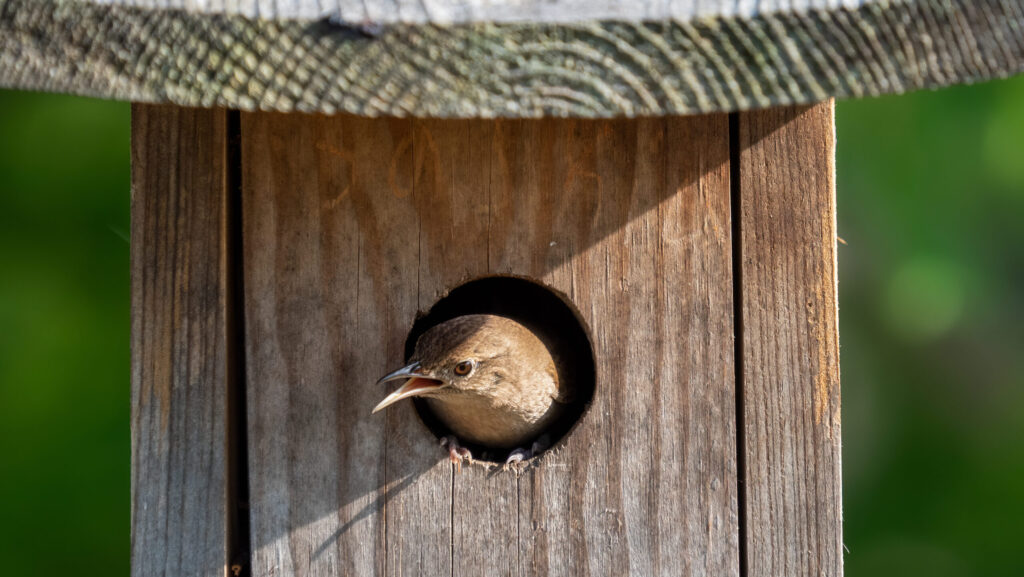
One of the simplest yet most effective ways to protect birds is through strategic positioning of feeders and birdhouses. Mount feeding stations at least 10-12 feet away from shrubs, trees, or structures that could serve as launching pads for predators like cats or hiding spots for snakes and raccoons. Simultaneously, position them close enough (about 15 feet) to protective cover where birds can quickly retreat when threatened. Install baffles above and below feeding stations and birdhouse poles to prevent climbing predators from accessing them. For birdhouses, consider mounting them on smooth metal poles rather than wooden posts or trees, as these are much more difficult for predators to climb. The entrance hole size should be precisely matched to your target bird species—large enough for them to enter but too small for larger predatory birds or mammals to reach inside.
Creating Protective Barriers with Plants
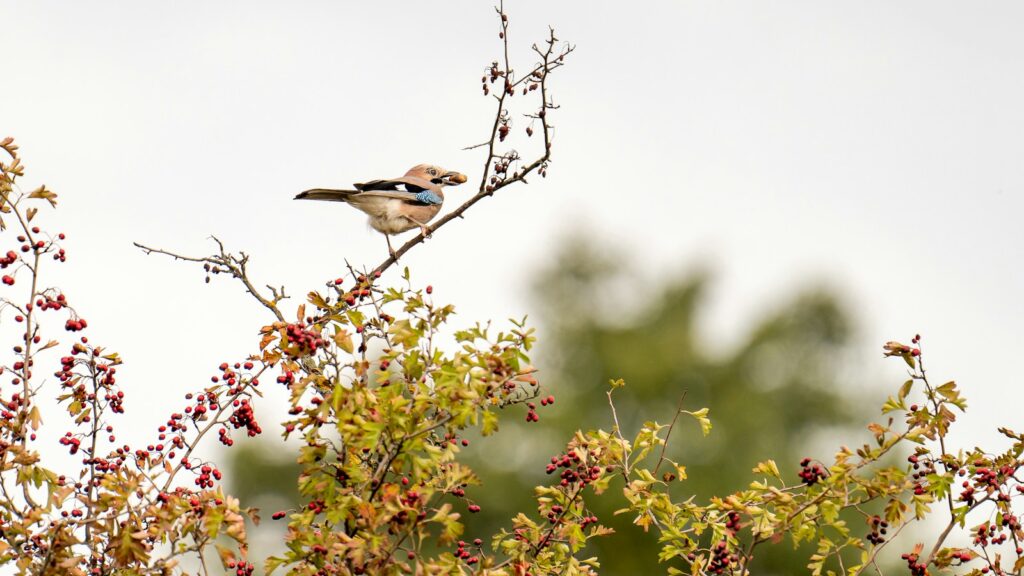
Nature provides excellent defenses in the form of thorny or dense vegetation that can keep predators at bay while offering safe haven for birds. Consider planting natural barriers like hawthorn, blackberry, roses, holly, or barberry bushes around the perimeter of bird-friendly areas. These plants create formidable physical barriers with their thorns and dense growth patterns that deter mammals like cats and raccoons. Native berry-producing plants serve a dual purpose by providing both protection and food sources for birds. Dense evergreen shrubs like juniper or arborvitae create year-round protective cover where birds can hide from aerial predators. When planning your protective plantings, create layers of vegetation at different heights to accommodate ground-feeding birds, shrub-nesters, and tree-dwelling species, effectively establishing a complete bird sanctuary that naturally deters various predator types through its physical structure alone.
Utilizing Reflective Objects and Visual Deterrents

Birds of prey and many mammalian predators are naturally wary of unusual movements and reflections that might signal danger. Hang reflective objects like old CDs, aluminum pie plates, or specially designed reflective bird scare tape around your yard, spacing them about 3-4 feet apart where they’ll catch the breeze and create unpredictable movements and light reflections. Predator decoys, such as owl or hawk figurines, can be effective when moved to different locations every few days to prevent predators from realizing they’re not real threats. For daytime protection against hawks, consider stringing reflective streamers or flash tape in a grid pattern above bird feeding areas, creating a visual barrier that makes hawks hesitant to swoop down. Motion-activated decorations like spinners, windsocks, or garden whirligigs introduce unexpected movement that keeps predators on edge without harming them or significantly disrupting the natural environment.
Employing Sound Deterrents to Startle Predators
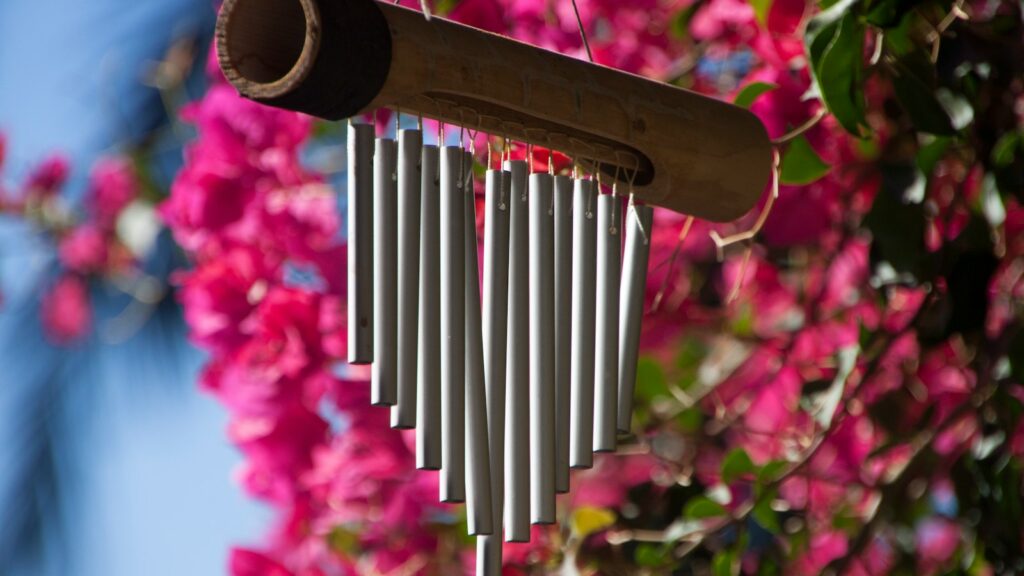
Many predators are highly sensitive to unexpected sounds and will avoid areas where they repeatedly experience auditory disturbances. Wind chimes strategically placed near bird feeding and nesting areas create unpredictable sounds that many predators find unsettling, particularly cats and raccoons who prefer to hunt in quiet environments. Motion-activated sound devices that emit ultrasonic frequencies can deter mammals without disturbing humans or most songbirds, though these should be used judiciously as some birds may be sensitive to these frequencies. For a low-tech approach, aluminum cans containing a few pebbles can be strung together and hung where they’ll rattle in the breeze. Some gardeners use portable radios tuned to talk stations at low volume, as the human voice patterns can deter predators that associate human sounds with danger. The key with sound deterrents is variety and intermittence—constant sounds become background noise that predators eventually ignore.
Harnessing Natural Scent Deterrents

Predators rely heavily on their sense of smell, making scent-based deterrents particularly effective for ground-dwelling threats. Many predatory mammals are repelled by the scent of certain herbs and spices like mint, citrus, cinnamon, and cayenne pepper. Plant mint varieties around the perimeter of bird-friendly areas or sprinkle dried mint leaves near bird feeding stations to create a natural barrier against mice, rats, and some ground predators. Citrus peels scattered around the garden perimeter can deter cats and some small mammals. Commercial predator urine (from foxes or coyotes) can be applied according to package directions to create the impression that a territorial predator already claims the space. Essential oils like eucalyptus, citronella, and peppermint diluted in water and sprayed around the bases of bird feeders and houses can create an invisible scent barrier that many mammalian predators prefer to avoid.
Creating Physical Barriers and Fencing Solutions
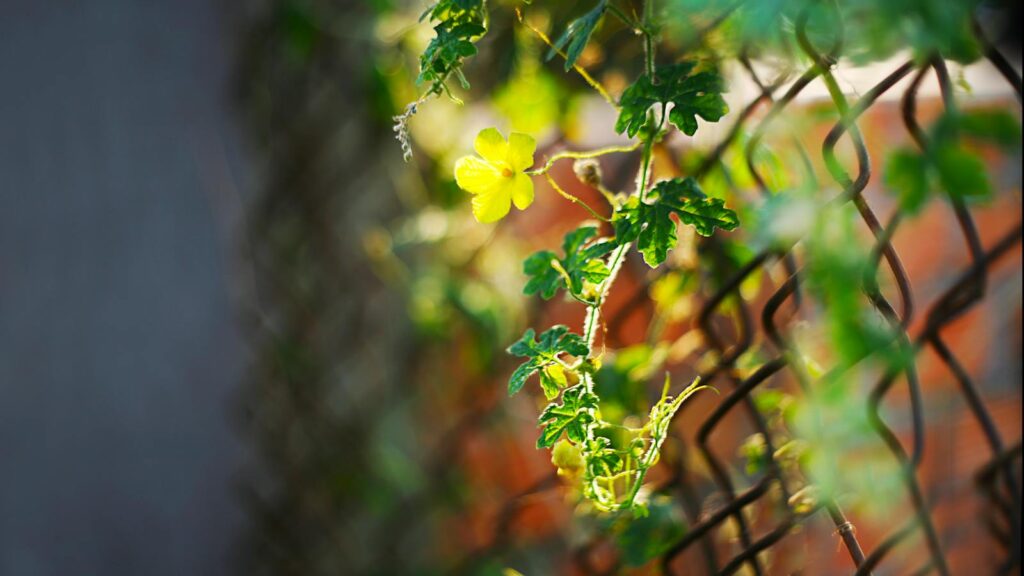
Sometimes the most effective approach is a physical barrier that prevents predator access while allowing birds to come and go freely. For ground-nesting birds or to protect specific garden areas, consider installing small sections of chicken wire domes or fencing with openings large enough for small birds but too small for predators. Prickle strips designed for garden protection can be installed on fences, tree branches, or any surface that predators might use to access bird areas. Bird feeding stations can be enclosed in wire cages with openings sized specifically for your target bird species while excluding larger predatory birds and mammals. For birdhouses, adding predator guards—metal plates that extend outward around entrance holes—prevents predators from reaching inside or enlarging openings. Many commercial birdhouses now come with predator-resistant features, but these can also be retrofitted to existing houses with simple hardware store materials.
Implementing Decoy and Distraction Techniques
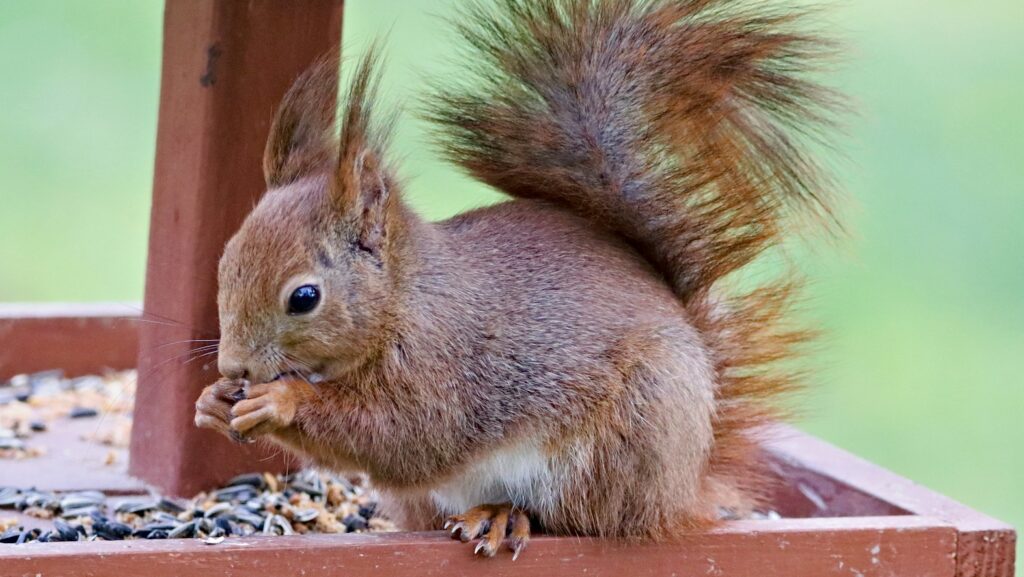
Sometimes the best defense is misdirection, drawing predator attention away from actual bird areas. Establish decoy feeding stations away from your main bird feeding areas, potentially sacrificing some inexpensive seed to distract squirrels and other opportunistic feeders who might otherwise disturb birds. Some gardeners create “predator rest stops” with comfortable perches positioned away from bird activity centers where cats can lounge in the sun without being near birds. For aerial predators like hawks, visual confusion can be effective—multiple bird feeding stations spread throughout your property make it harder for predators to focus on a single hunting zone. If you have domestic cats, consider creating an enclosed “catio” where they can enjoy outdoor time without endangering birds. These distraction techniques work with predator psychology rather than against it, acknowledging their natural behaviors while channeling them away from vulnerable bird populations.
Timing Bird Feeding for Maximum Safety
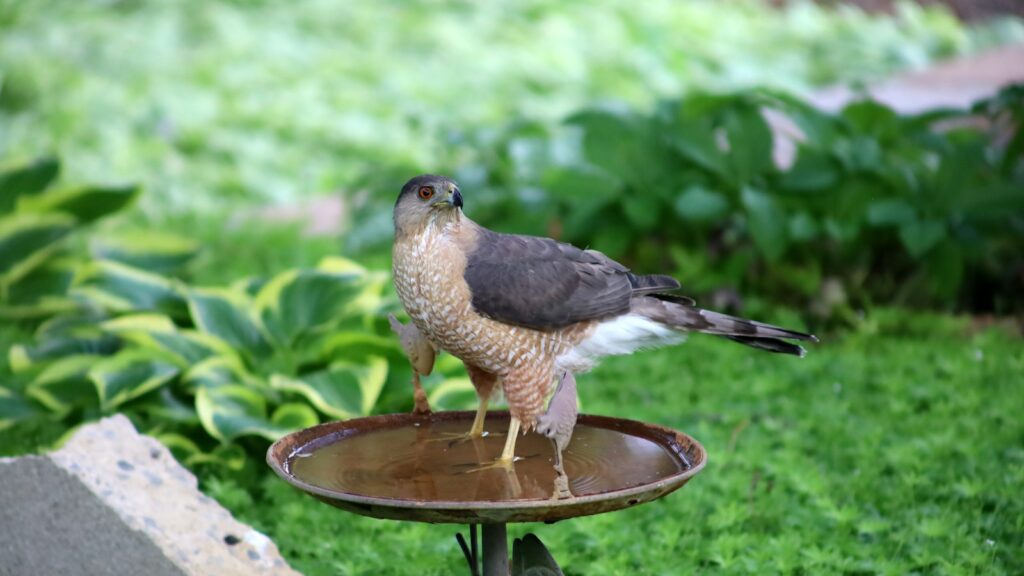
When you feed birds can be as important as how you feed them in terms of predator management. Many predators have specific hunting times—hawks are primarily daytime hunters with peak activity in early morning and late afternoon, while raccoons and opossums are nocturnal. Adjust your feeding schedule to avoid these peak predator hunting times, perhaps emphasizing mid-day feeding when certain predators are less active. Consider using timed feeders that close at night to prevent nocturnal raiders from accessing food supplies and potentially lying in wait for morning birds. During nesting season, be particularly vigilant about predator controls, as birds may be more vulnerable and focused on their nesting duties. Some bird enthusiasts temporarily alter their feeding practices during local hawks’ nesting seasons when these predators are hunting more aggressively to feed their young, resuming normal feeding when predation pressure naturally decreases.
Maintaining a Clean Feeding Environment
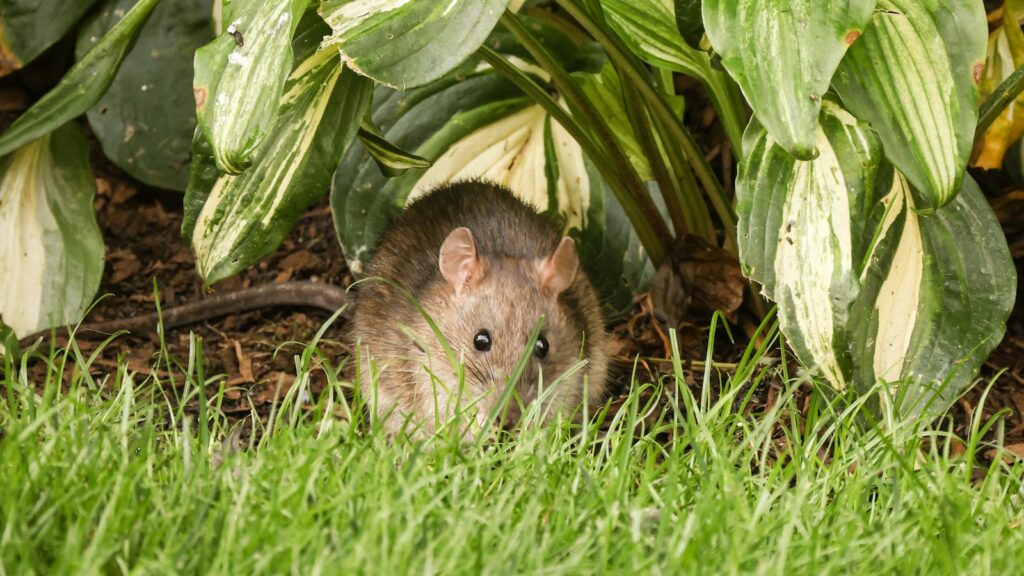
Predators are often attracted to bird feeding areas not just by the birds themselves but by accumulations of seed, hulls, and droppings that attract rodents and other small animals. Install seed catchers beneath feeding stations to collect fallen seed, and regularly clean these areas to prevent buildup that might attract mice, rats, and subsequently, their predators like snakes and foxes. Use feeders designed to minimize spillage, such as tube feeders with small trays or hoppers with catch basins. Consider offering no-mess seed mixes (hulled seeds) that don’t create shell litter beneath feeders. Keep feeding areas tidy by raking up shells and droppings weekly, particularly in warm weather when decomposition occurs more rapidly. This cleanliness not only reduces predator attraction but also helps prevent disease transmission among the birds you’re trying to protect.
Community-Based Predator Management Approaches
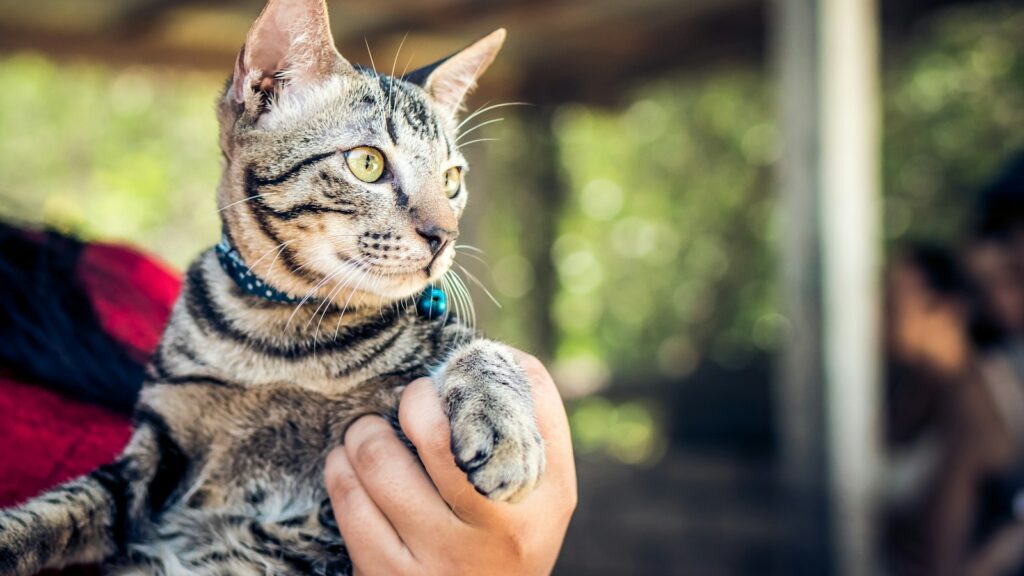
Coordinating with neighbors can significantly enhance your predator deterrent efforts, creating a larger protected zone for local birds. Start neighborhood discussions about responsible pet ownership, particularly regarding keeping cats indoors or supervised during outdoor time. Many communities have implemented successful “bells on collars” programs for outdoor cats, making them less effective hunters by alerting birds to their presence. Consider organizing neighborhood bird-friendly certification programs that encourage multiple households to implement predator deterrents, creating a larger safety zone than any single yard could provide. Some neighborhoods establish informal bird monitoring networks, sharing information about predator sightings and coordinating responses. Community education efforts about the importance of native birds for ecosystem health can build broader support for bird protection measures, potentially leading to community-wide initiatives like designated bird sanctuaries in common areas or parks.
Adapting Strategies Seasonally
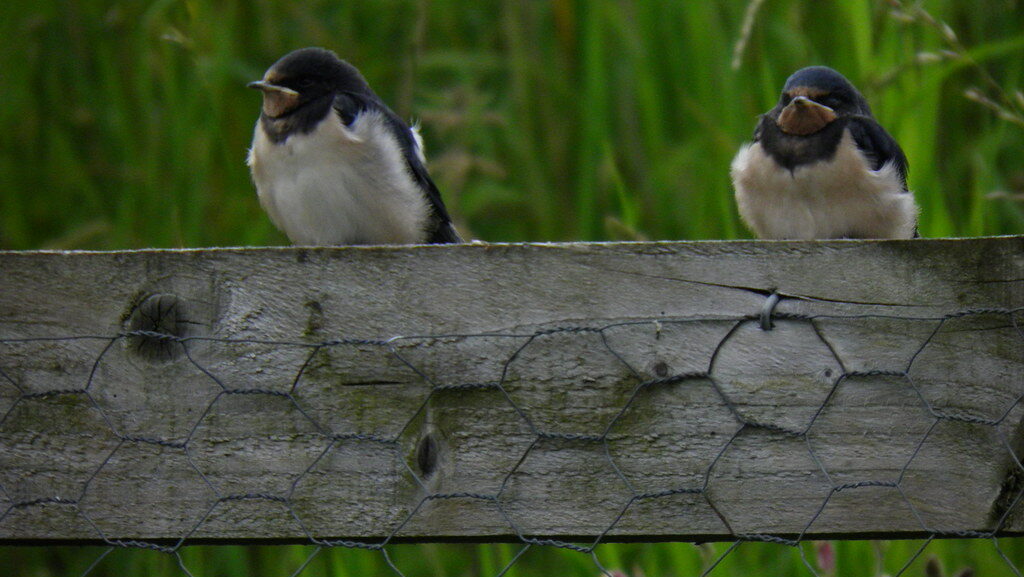
Bird vulnerability to predators changes throughout the year, requiring adjustments to your protection strategies with the seasons. During spring nesting season, focus on protecting nest sites with additional baffles, predator guards, and increased vigilance, as this is when birds and their offspring are most vulnerable. Summer brings fledglings learning to fly, who may be more susceptible to ground predators—consider additional protection near ground level during this time. Fall migration periods may bring unfamiliar birds to your feeders who are less aware of local predator patterns, so reinforcing visual deterrents can be helpful. Winter feeding stations often attract concentrated bird populations when natural food is scarce, potentially drawing increased predator attention—this is an excellent time to enhance physical barriers and predator guards. By adapting your approach seasonally, you maintain effective protection while efficiently using your resources when and where they’re most needed.
Conclusion: Balancing Protection with Natural Processes
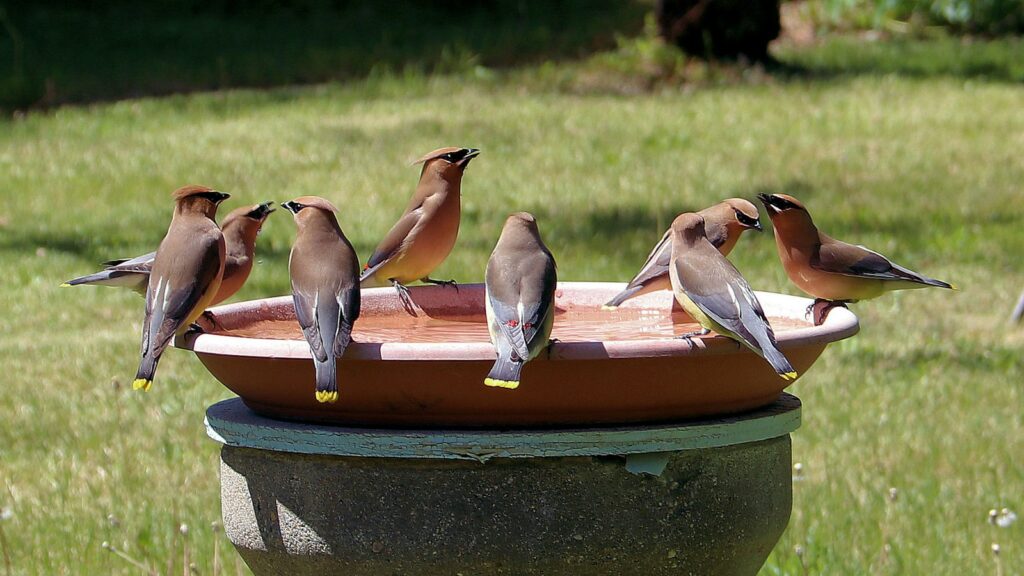
Protecting backyard birds from predators requires a thoughtful balance between intervention and allowing natural processes to unfold. The goal should never be to eliminate predators—who play vital roles in healthy ecosystems—but rather to create safer spaces where birds can thrive despite predation pressure. The five natural deterrent strategies discussed—strategic placement, protective plantings, visual deterrents, sound deterrents, and scent barriers—work best when implemented together as part of an integrated approach. Remember that predation is a natural ecological process, and some level of predation will always occur despite your best efforts. Success should be measured by maintaining healthy bird populations rather than eliminating all predator interactions. By using these natural methods, you’re not only protecting birds but also preserving the ecological balance that makes backyard wildlife observation so rewarding. With patience and persistence, these natural approaches can create a safer bird sanctuary while respecting the needs of all wildlife in your local ecosystem.
